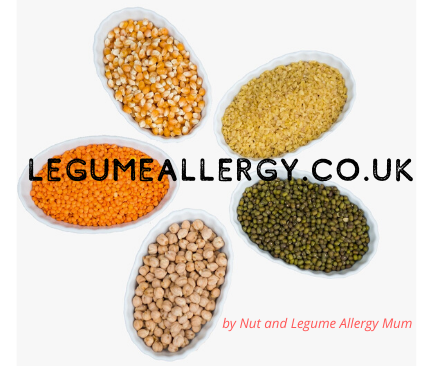It’s not as simple as just not eating the food you’re allergic to. When you’re first diagnosed with a food allergy, you’ll need to become familiar with allergy labelling. In the EU, this is governed by the Food Information for Consumers Regulation (2011).
The Regulation lists 14 main allergens, often referred to as ‘The Top 14’. These allergens are:
- celery
- cereals containing gluten – including wheat, rye, barley and oats
- crustaceans – such as prawns, crabs and lobsters
- eggs
- fish
- lupin
- milk
- molluscs – such as mussels and oysters
- mustard
- tree nuts – including almonds, hazelnuts, walnuts, brazil nuts, cashews, pecans, pistachios and macadamia nuts
- peanuts
- sesame seeds
- soybeans
- sulphur dioxide and sulphites (if at a concentration of more than ten parts per million).
Additionally, optional precautionary statements may be found on food packaging, warning of cross-contamination risks.
These precautionary statements can include:
- “May contain…”
- “made on a shared line with…”
- “made in a factory that also handles…”
- “not suitable for consumers with an allergy to…”.
According to the Regulation, precautionary statements should ‘only be used if the risk of allergen cross-contamination is real and cannot be removed’. However, among consumers there is some dispute about the accuracy of such statements, with some considering it to be a case of manufacturers covering their backs. Other consumers avoid products with such warnings on as they consider the risk to be too great, particularly if their allergy is life-threatening.
In a recent poll on the Legume Allergy Support Group on Facebook, 63 per cent of respondents heeded ‘may contains’ and similar warnings and avoided those foods, while 28 per cent said they ignored this type of warning. The remaining respondents answered ‘other’, including varying their approach depending on the setting (e.g. avoiding at nursery but consuming at home in a controlled environment).
Deciding which labels to heed is a personal choice and there are strong views either side of the debate.
Our approach
We learned very early on that T is allergic to peanuts, so analysing every packet has become part of everyday life. He was a baby at the time, and it made sense to just source products without any nut or peanut warnings on them.
Since we have to check every ingredient anyway (as he has allergies outside of the Top 14), reading a little further to check for a ‘may contains’ caveat is no extra chore. We manage to source most items without a warning on by switching brands or doing a little research, so it’s not limiting his diet any more than it’s already limited.
I understand that for some who have to avoid multiple allergens, especially if managing allergies across different food groups, it might be extremely restrictive to find products that don’t list one of their allergens in the warnings. If you have an intolerance or a very mild allergy I can also appreciate why someone might be less vigilant with ‘may contains’.

